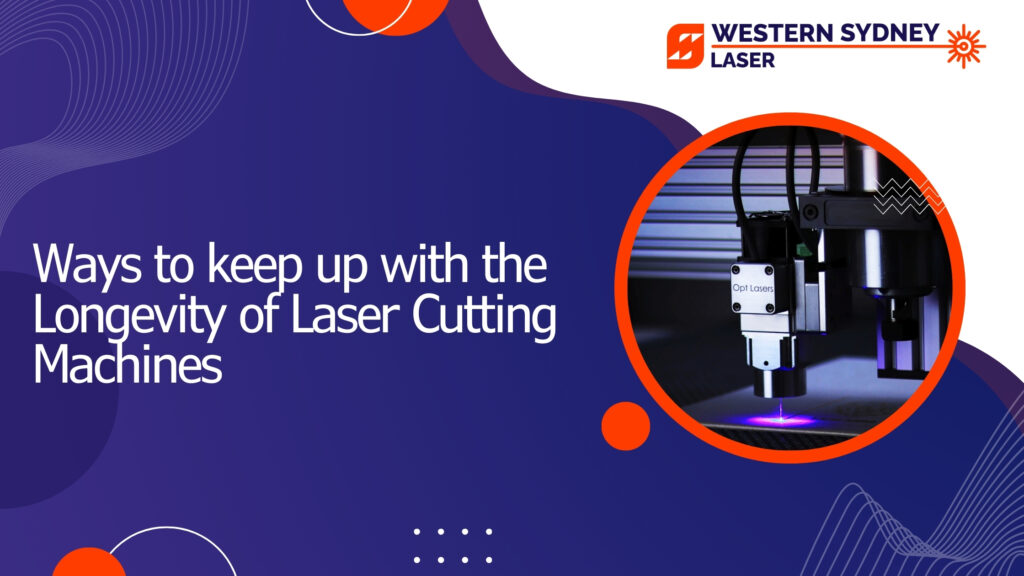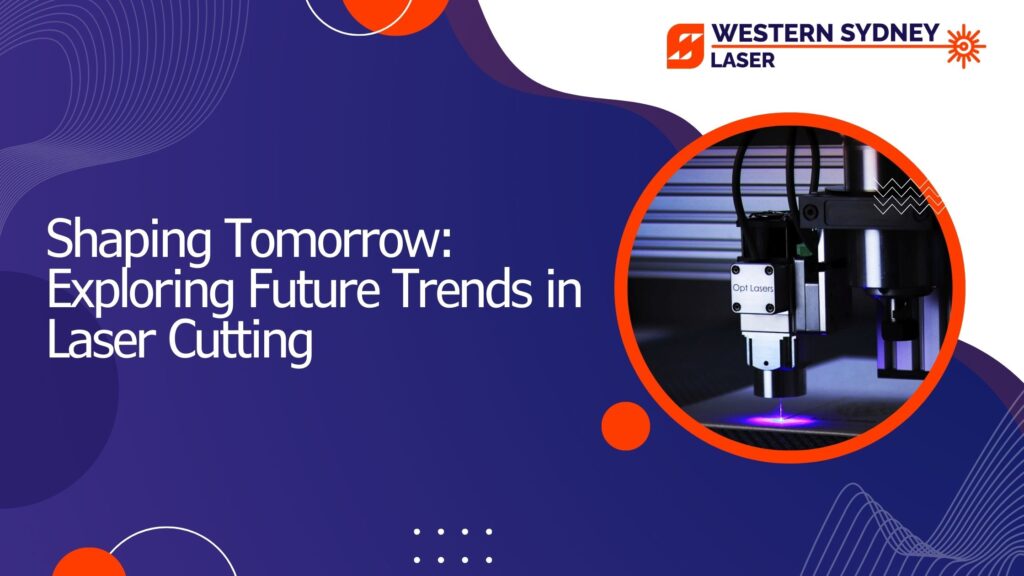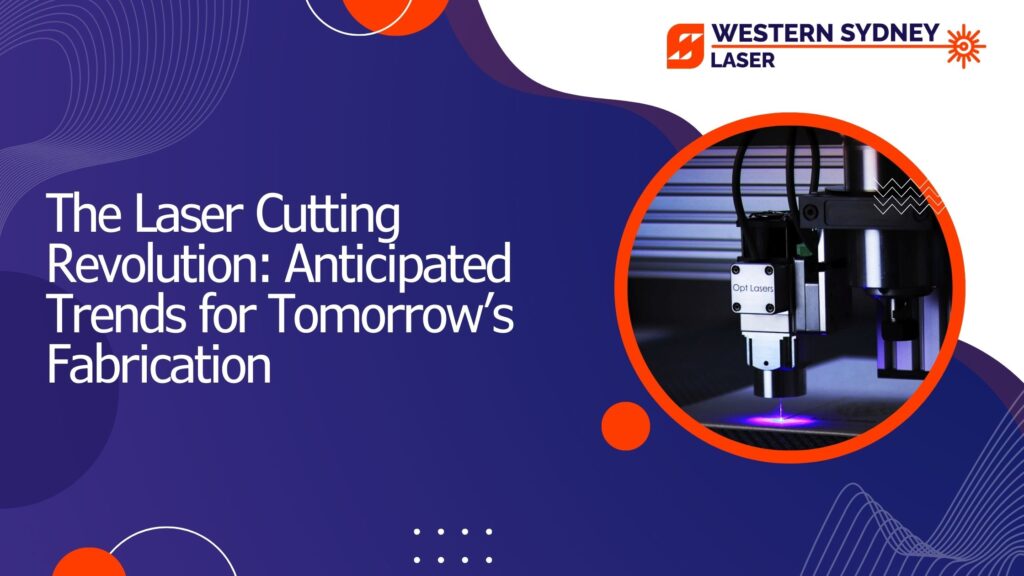Manufacturing, automotive, medical device production, textiles, and printing are among the industries using laser cutting machines. Businesses can cut a variety of materials with precision, efficiency, and adaptability thanks to the accuracy, efficiency, and adaptability they offer.
It is important to remember, however, that laser-cutting machines should be maintained and cared for on a regular basis to ensure their longevity.
When these machines are properly maintained, they will experience fewer breakdowns, experience less downtime, and last longer.
Here, we will explore several ways to maximize the performance and profitability of laser-cutting machines, thereby improving their lifespan.
How much do Laser Cutting Machines last?
Laser-cutting machines have varying lifespans depending on several factors, such as the type of laser, frequency of use, and maintenance quality. As a result, on average:
It is typically estimated that CO2 laser-cutting machines will last between 25,000 and 45,000 hours. If properly maintained and handled, they usually last between five and ten years.
A fiber laser cutting machine can last up to 15 years and can perform 50,000 to 100,000 hours of cutting. Maintenance is generally less frequent, and fiber lasers last longer.
Proper maintenance of both types of machines, such as regularly cleaning them, replacing parts as needed, and checking their cooling systems, significantly increases their lifespan.
Tips to extend the lifespan of Laser Cutting Machines
Performing routine maintenance
The maintenance of a laser cutting machine is essential for ensuring that it performs efficiently for an extended period.
Scheduled maintenance is necessary so that minor issues can be identified before they become serious, preventing major problems.
- Cleanliness: A laser cutting machine, in particular, is highly sensitive to dust particles, which can obstruct the lenses and mirrors and reduce cutting productivity. The machine’s surfaces, lenses, and mirrors should be cleaned regularly.
- Lubrication: Lubricate these parts regularly to prevent friction-induced wear and tear. Applying lubricant at the proper intervals and using the correct type of lubricant can significantly reduce unnecessary mechanical strain.
- Checking Key Components: Key components such as the laser tube, optics, belts, and filters must be routinely inspected. Detecting wear at an early stage can prevent expensive repairs or replacements.
Laser Beam Alignment
Optimizing the cutting performance of a laser beam requires proper alignment. There are times when the laser beam is not correctly aligned with the machine’s path, and this can result in a compromise in cutting accuracy and an increase in wear on the machine parts. To ensure longevity, follow these steps:
- Regularly check alignment: Make sure that alignment is periodically verified using a specialized method. Even a slight misalignment can result in suboptimal cutting results and cause the machine to work harder than it should, resulting in greater wear and tear.
- Mirror and Lens Adjustment: Vibrations and regular use may cause mirrors and lenses to shift over time. If these parts are realigned, the machine will be able to function at its best again.
Systems for controlling temperature and cooling
During operation, laser cutting machines produce a lot of heat, which can cause component degradation if it is not managed correctly. It is common for laser machines to fail due to overheating. Therefore, the control of temperature is vital to extending the life of the machine.
- Maintaining the cooling system: Laser cutting machines are generally fitted with cooling systems to maintain a constant temperature. The cooling system should be functioning correctly to prevent overheating. Maintain a healthy level of coolant and clean your cooling unit regularly to prevent clogs.
- Ambient Temperature: The machine’s environment also contributes to its performance. In addition to maintaining a stable workspace temperature, preventing drastic temperature changes will reduce the wear and tear on the machine’s components.
Material and consumable quality
Depending on the type of materials and consumables used in the laser cutting process, this may significantly impact the machine’s durability and performance.
- High-Quality Optics: It is crucial to use high-quality lenses and mirrors in order to transmit laser waves clearly and precisely. The initial cost of cheap, low-quality optics may be lower, but they wear out quickly and need to provide efficient cutting, making them more expensive to replace.
- Selection of Materials: Although laser cutting machines can process a wide range of materials, not all of them are suitable for laser cutting. High-reflective metals, for example, can cause lasers to reflect and cause damage to laser heads. You can prevent unnecessary wear and tear by understanding the materials that your machine can handle.
- Proper Gases: Any machines that are required to run on gases, such as nitrogen or oxygen, should be designed so that the gases used are of the correct purity level and pressure to ensure maximum performance. When gases are impure or incorrectly pressurized, cutting results can be unpredictable, and lasers can be strained.
Calibration and software updates
Precision cutting is made possible by sophisticated software on laser cutting machines today. A machine’s software should be kept updated to maximize its performance and durability and to make it capable of performing new tasks as needed.
- Software Updates: Manufacturers often release software updates to correct bugs, enhance functionality, or improve a machine’s performance. By installing these updates, you ensure that your machine is operating at its best and compatible with new features.
- Calibration: Maintaining the machine’s accuracy requires regular calibration. It is essential to calibrate the machine over time to correct for any drift caused by consistent usage or changes in the environment.
Machine operator training
Even when a laser cutting machine has been maintained adequately, incorrect use can quickly prevent it from wearing out. Operators must be well-trained to prolong the machine’s life.
- Handling: Machine operators must be taught proper handling techniques. If they mishandle or overwork the machine, components will fail prematurely. Operators must also follow proper startup and shutdown procedures to maintain the longevity of a machine.
- Developing Skill: Operators must understand the limits and capabilities of the machine. When a machine is overloaded with tasks it wasn’t designed for, its lifespan can be reduced. Operators must stay informed about technology advancements and best practices through continuous training programs.
Replacing worn parts
Regular maintenance can significantly extend a laser-cutting machine’s lifespan, but certain parts are destined to wear out over time. Ideally, these parts should be replaced before they cause more significant problems.
- Belts and Bearings: To ensure proper operation, the belts and bearings need to be replaced as part of a preventive maintenance program. Regular inspections can determine when these parts are wearing down.
- Filters: A laser cutting machine’s filters, especially in the exhaust system, must be replaced regularly. Clogged filters can result in reduced airflow and overheating.
Conclusion
Proper maintenance and operation of laser-cutting machines are critical to their longevity. Laser cutting machines can be maintained routinely, appropriately aligned, managed at a consistent temperature, and used with quality materials. Trained operators can help ensure their longevity.
In addition, timely part replacements and monitoring of critical components contribute to the machine’s longevity. Keeping laser-cutting machines well-maintained enhances productivity and profitability while also reducing downtime and repair costs.



